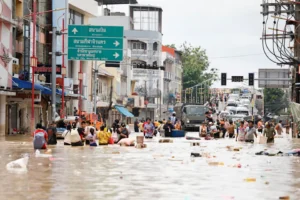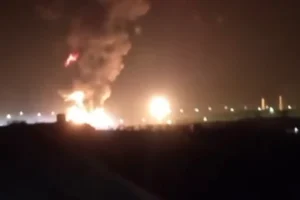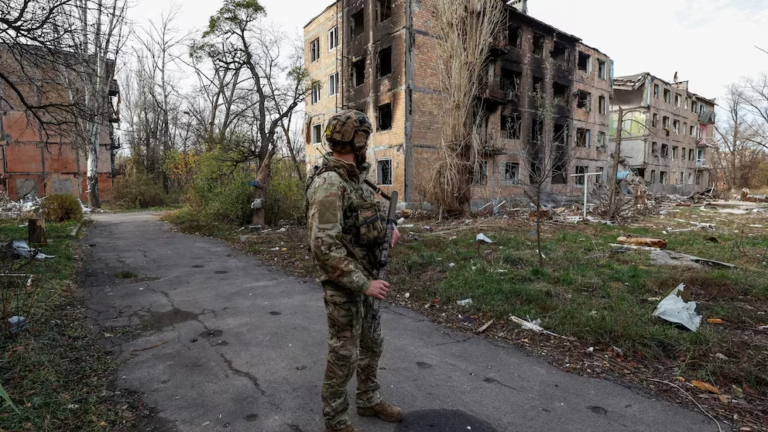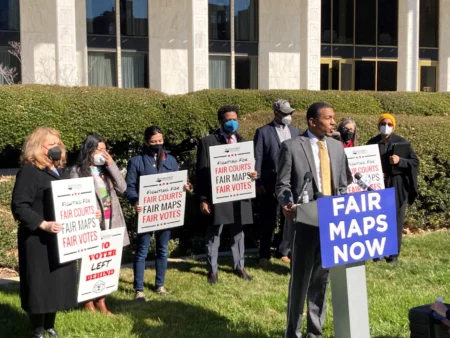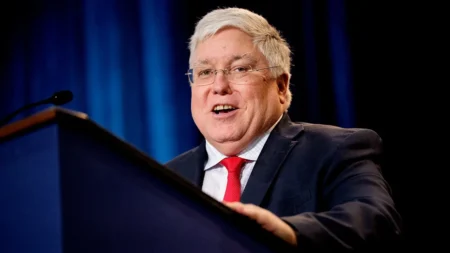Russian troops have intensified their assault in eastern Ukraine, surrounding two strategically important cities, Pokrovsk and Kupiansk, as the conflict in Donbas reaches a critical stage. Ukrainian defenders continue to resist, but analysts warn the situation could reshape the battlefield.
Russian President Vladimir Putin confirmed on Monday that his forces are advancing from all sides around Pokrovsk and Kupiansk. He described the encirclement as “effectively complete” and invited international observers to assess the situation firsthand. Observers say the move represents a new chapter in Moscow’s eastern Ukraine operations.
Despite the heavy pressure, Ukrainian troops say they are holding key positions. Presidential office reports indicate that artillery fire and drone strikes continue around both cities. Ukrainian commanders are focusing on securing supply lines and halting the advance of Russian infantry inside urban areas.
Pokrovsk has long been a vital logistics hub for Ukrainian forces on the Donbas front. Losing control of the city could disrupt military supply routes, potentially allowing Russian troops to advance deeper into northeastern Ukraine. Kupiansk also holds strategic value due to its rail and highway connections, making it a potential base for Russian operations in the region.
Military analysts note that the Russian army has deployed approximately 11,000 soldiers in the Pokrovsk area. Ukrainian sources report that Russian units have entered parts of the city, further complicating the defense. The use of advanced FPB drones by Russian forces has also created serious logistical challenges for Ukrainian troops trying to reinforce their positions.
For Ukraine, the stakes are both military and psychological. Capturing Pokrovsk and Kupiansk would not only provide Russia with critical supply lines but also signal a major victory that could impact morale across the Donbas region. Ukrainian commanders have repeatedly warned that if these cities fall, the broader conflict could shift in favor of Russian forces.
Residents in the encircled cities continue to face intense shelling, with infrastructure heavily damaged after years of conflict. Despite these challenges, local defenders maintain pockets of resistance, attempting to delay Russian advances and protect civilian areas.
Analysts emphasize that control of these cities will likely determine the pace of the eastern Ukraine campaign. If Russian forces consolidate their positions, Ukrainian forces could face increased difficulty in maintaining territorial cohesion across the region. Moscow’s troops would gain deeper access into Donbas, potentially altering the conflict’s strategic balance.
The situation highlights Russia’s methodical approach to urban encirclement. Analysts suggest that beyond military gains, taking Pokrovsk and Kupiansk would carry psychological significance for both sides. The display of Russian strength could influence the morale of Ukrainian troops while demonstrating Moscow’s persistence in the Donbas campaign.
Meanwhile, Ukrainian leadership remains committed to defending key supply routes and resisting urban infiltration. Commanders report that frontline units are adapting to drone surveillance and ongoing artillery bombardments to maintain defensive lines. The resilience of these forces is crucial in slowing Russian momentum and buying time for reinforcements.
Experts warn that the battle for Pokrovsk and Kupiansk is pivotal. If Russia secures these urban centers, Ukraine’s northeastern territories could become increasingly isolated, while Russian forces would gain a strong foothold for further offensives. The outcome of this encirclement may shape the next phase of the eastern Ukraine conflict.
As Russian troops tighten their grip, the international community continues to monitor the escalating situation. The encirclement reflects both the tactical priorities of Moscow and the high stakes for Kyiv, where commanders face the challenge of defending vital cities under relentless pressure.

